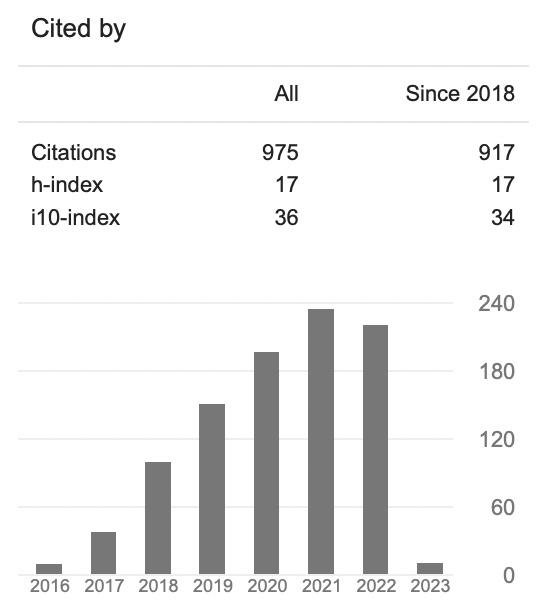Enterprise Risk Management (ERM) Behaviour Matrix: Mapping ERM Implementations of Non-Financial Public Listed Companies in Malaysia
DOI:
https://doi.org/10.37934/arbms.19.1.4259Keywords:
ERM, ERM implementation, ERM score, ERM behavior, enterprise risk managementAbstract
This study investigates ERM implementation of non-financial public listed companies (PLCs) in Malaysia against company size and leverage. The ERM implementation is proxy by ERM Score. The ERM Score is based on COSO ERM Framework. Company size and leverage is proxy by total revenues and liabilities/equities. The objective is to observe changes in ERM implementation in response to changes in company size and leverage. This study develops a 3 by 3 matrix named ERM Behaviour Matrix to understand the changes. The behaviour matrix captures changes in ERM implementation by mapping the ERM Score against company size and leverage. The ERM implementation behaviour is defined as changes in ERM implementation driven by two stimuli, company size, and leverage. Data are collected from annual reports 2016-2017. The study samples are 44 non-financial PLCs of high-risk sectors (energy, utilities, and telecommunications and media). The matrix shows positive ERM behaviours for company size. ERM scores increases as firm size increases, and decreases as firm size decreases. The matrix shows mixed ERM behaviours for leverage. A number of companies’ shows status-quo behaviour i.e. as leverage increases, ERM Score remain constant. In contrast, several companies’ shows negative behaviour, i.e. as leverage increases, ERM Score decreases. The matrix is an alternative approach to understand ERM implementation. It is a simple and easy to use behaviour tool mapping ERM implementation against firm size and firm advantage. It can be use in practice to monitor ERM implementation by companies. Results of this study contribute to enhance understanding on ERM implementation by public limited companies (PLCs) in Malaysia.

















